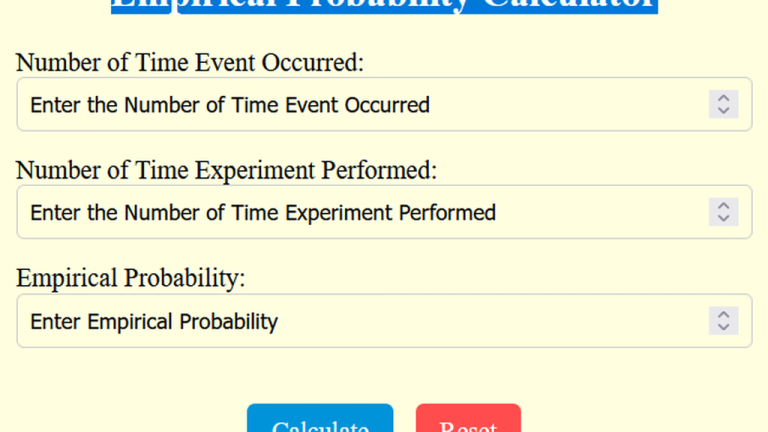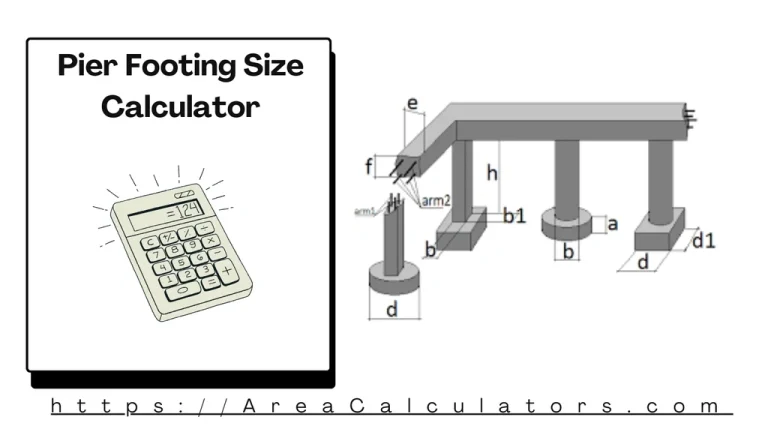Fractal Antenna Size Calculator
To calculate the size of a fractal antenna, use the formula, which considers the number of iterations (n
nn) to determine the total length of the antenna.
The Fractal Antenna Size Calculator is a specialized tool designed for engineers, hobbyists, and radio enthusiasts interested in cutting-edge antenna design. Fractal antennas are renowned for their compact size, multi-band capabilities, and superior performance, making them ideal for modern wireless communication systems.
This calculator simplifies the process of determining the antenna length based on the number of fractal iterations, aiding in precise design and optimization.
Formula
L = (8/5)^n
| Variable | Description | Unit |
|---|---|---|
| L | Total Length of the Fractal Antenna | Any length |
| n | Number of Iterations in the Fractal Design | Count |
Solved Calculations
Example 1: Determine the length of a fractal antenna with 2 iterations.
| Step | Calculation | Result |
|---|---|---|
| Apply the formula | 2.56 |
Example 2: Find the length of a fractal antenna with 3 iterations.
| Step | Calculation | Result |
|---|---|---|
| Apply the formula | 4.096 |
What is Fractal Antenna Size Calculator?
The Fractal Antenna Size Calculator is a specialized tool designed to determine the optimal dimensions of a fractal antenna based on its design and operating frequencies.
Fractal antennas, known for their intricate geometric patterns, offer wideband and multiband capabilities, making them a popular choice for advanced communication systems.
Using this calculator, you can input parameters like frequency, geometry type, and scaling factor to compute precise antenna dimensions. For those exploring fractal antenna design, this tool simplifies the process by providing accurate measurements.
Whether you are a hobbyist working on a fractal antenna DIY project or an engineer designing for advanced applications, it serves as a valuable resource.
Additionally, the calculator supports educational purposes by explaining fractal antenna theory and helping users understand how different geometries, such as Sierpinski or Koch curves, impact antenna performance.
With features like compatibility for diverse fractal antenna types, this tool is both comprehensive and user-friendly.
Final Words:
In conclusion, the Fractal Antenna Size Calculator offers an efficient way to optimize fractal antenna dimensions for varied applications, from DIY projects to professional designs. Its precision and ease of use make it indispensable for anyone interested in cutting-edge antenna technology.


